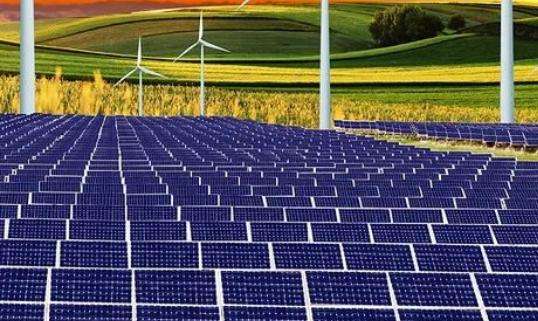The formula for the speed of a boat in still water and the speed of water flow is:
Speed in still water = ( speed along the flow + speed against the flow) ÷ 2.
Water flow speed = (downstream speed - speed against the flow) ÷ 2.
There are two basic formulas for flowing water problems:
Speed along stream = speed of ship + speed of water (1)
Speed against current = speed of the ship - speed of the water (2)
Here, speed along the current refers to the distance traveled by the ship per unit of time when sailing along the fluent ; the speed of the ship itself, that is, the distance traveled by the ship per unit of time in calm water; water velocity refers to the distance water travels per unit time;
Formula (1) shows that the speed of a ship when sailing along the current is equal to the sum of its vitesse in calm water and the speed of the water flow. Indeed, going down, the boat moves on the water at its own speed in calm water, and at the same time, it moves at the speed of the water, therefore the real speed of the boat relative to the ground. is equal to the sum of the boat speed and the water speed.
Formula (2) shows that the speed of a ship sailing against the current is equal to the difference between the speed of the ship in still water and the speed of the water flow.
According to the principle that addition and subtraction are inverse operations, it can be obtained from formula (1):
Water speed = speed along the current - speed of the ship (3)< /p>
Speed of the ship = speed along the current - speed of the water (4)
According to the formula (2 ), we can obtain:
Water speed = ship speed - counter-current speed (5)
Ship speed = counter-current speedt + water speed (6)
That is, provided we know two of the three: the speed of the ship in calm water, the actual speed of the ship and the speed of water, you can find the third. Additionally, if the counter-current speed and along-current speed of a certain ship are known, the ship speed and water speed can also be calculated. Because the speed along the current is the sum of the ship speed and the water speed, and the speed against the current is the difference between the ship speed and the water speed. According to the algorithm of the sum and difference problem, it can be. given that:
Speed of the ship = (speed along the current + speed against the current) ÷ 2 (7)
Speed of the water = (speed along the current - counter-current speed) ÷ 2 (8)
Examples of methods for solving running water problems:
Example 1: A fishing boat traveled 25kilometers along the current in 5 hours. The speed of the water flow was 1 kilometers per hour. What is the speed of this boat in calm water?
Answer: The speed of this ship along the current is: 25÷5=5 (km/h)
Because “speed along the current = speed of the ship + water speed", therefore, this vessel The speed in still water is "downstream speed - water speed". 5-1=4 (km/h)
Full formula: 25÷5-1=4 (km/h)
Answer: This boat moves per hour in calm water Walk 4 kilometers.
Example 2: A fishing boat sails at 4 kilometers per hour in calm water and 12 kilometers against the tide in 4 hours. What is the speed of water flow in kilometers per hour?
Explanation: The speed of this boat in inverted water is: 12÷4=3 (km/hour)
Because the speed against the water = the speed of the ship - the speed of the water, the speed of the water = the speed of the ship - the speed against the water, i.e.: 4 -3 = 1 (km/h)
Answer: The speed of water is 1 km per hour.
80/4=20 (km/h)
80/5=16 (km/h)
Still water: (20 + 16)/2=18 (km/h) Calm water speed = (speed against the water + speed along the water)/2
Water speed: 20-18=2 (km /h)< /p>
This kind of route problem is only a fifth grade problem, there is no need to use a system of equations!
So that you can effectively solve these types of questions in the future, I will give you some formulas:
Speed against water = still water speed - speed of water
Velocity along the water =Static speed of water + speed of water
Static speed of water = (speed against the water + speed along water)/2
Water speed = (speed against water - speed against water)/2














